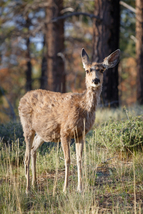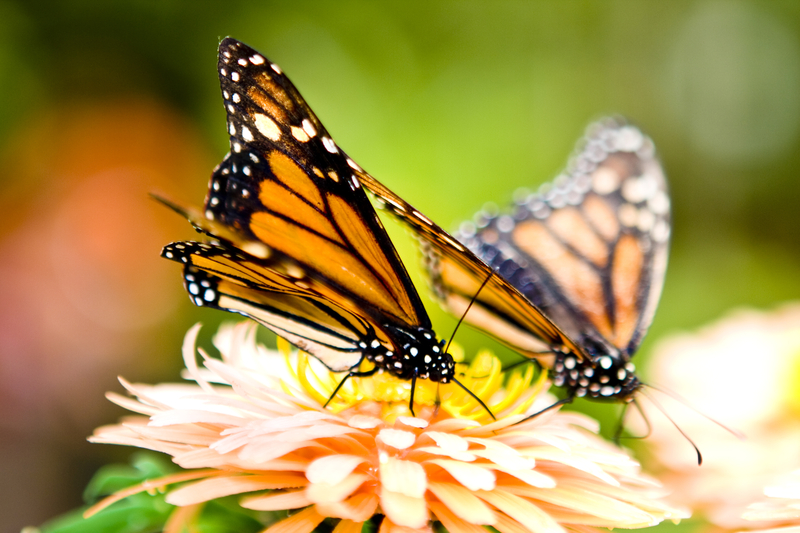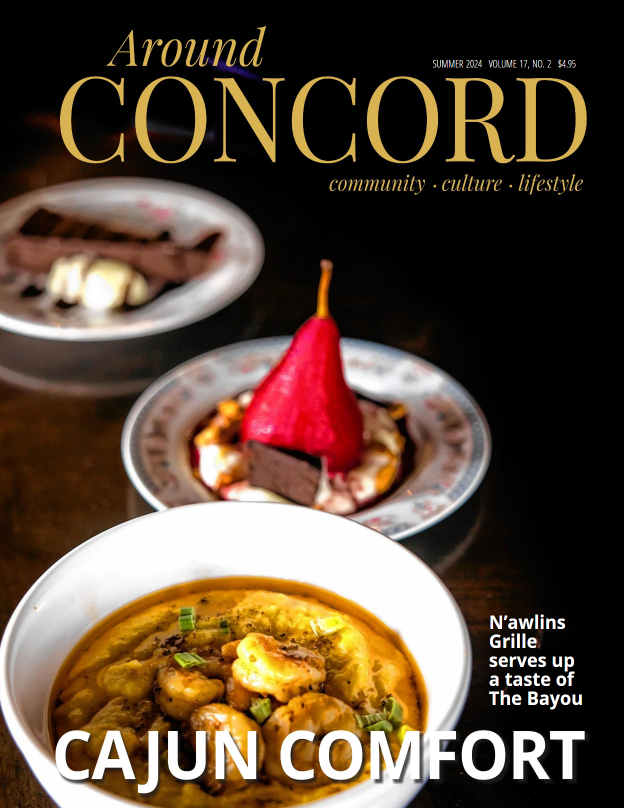Gary Tasker of Tasker Landscaping weighs in on how to plant a butterfly garden, plants deer like to eat, and invasive species to avoid planting in New Hampshire.
How to Make a Butterfly Garden
Different species of butterflies have different preferencesbrof nectar, in both colors and tastes. A wide variety of food plants will givebrthe greatest diversity of visitors. Try staggering wild and cultivated plantsbras well as blooming times of the day and year. Groups of the same plants willbrbe easier for butterflies to see than singly planted flowers.
Some varieties of flowers which are easy to find and growbrinclude aster, black-eyed Susan, butterfly weed, and coreopsis. Gary alsobrsuggests adding a water feature to your landscape to attract butterflies.
What Do Deer Like to Eat?
Some people might want to consider establishing plantings inbrwooded areas to create a better habitat for deer, while other homeowners arebrfaced with hoards of hungry animals munching away on their prized shrubbery.brThe following is a partial list of trees and shrubs eaten by deer.
 Preferred or Best-liked
Preferred or Best-liked
- Yew
- Cedar, white or arborvitae
- Apple
- Sassafras
- Maple, mountain
- Wintergreen
- Maple, striped
- Dogwood, alternate leaved
- Dogwood, flowering
- Sumac, staghorn
- Maple, red
- Witch hobble
- Basswood
Second Choice
- Elderberry
- Elder, red berried
- Ash, mountain
- Cucumber tree
- Cranberry, highbush
- Jannyberry
- Arbutus
- Honeysuckle
- Hemlock
- Wild Raisin
- Blueberry, highbush
- Dogwood, silky
- Dogwood, red osier
- Dogwood, round-leaved
- Willow
Readily Eaten
- Greenbrier
- Ash, white
- Maple, sugar
- Arrow wood, maple-leaved
- Oaks
- Grape, wild
- Birch, yellow
- Birch, black
- Chestnut
- Hickory
- Cherry, choke
- Cherry, wild black
- Witch hazel
- Spice bush
- Elm Choke berry, black
- Arrow wood
- Honeysuckle, bush
- Walnut, black
- Butternut
- Hazelnut
- Juneberry or shadbush
- Holly, mountain
- Holly or winterberry*
- Ash, black
- Blueberry, low sweet
- Blueberry, sour top
- Blueberry, low bush
- Leatherwood
- Starvation or Poor Food
- Pine, scots*
- Pine, pitch*
- Beech
- Sweet gem
- Aspen or poplar
- Gooseberry and currant*
- Buckthorn
- Raspberry and blackberry
- Steeplebush
- Laurel, mountain*
- Rhododendron*
- Pine, white*
- Pine, red or Norway*
- Balsam*
- Birch, paper
- Birch, gray
- Ironwood, or hop hornbeam
- Blue beech, or muscle wood
- Meadowsweet
- Cedar, red*
- Juniper, pasture*
- Cherry, fire or pin
- Hawthorn
- Laurel, sheep
- Dogwood, grey-stemmed
- Locust, black
- Huckleberry, black
- Tamarack
- Alder
- Spruces
* This species is often browsed heavily enough to appear tobrbe second-choice food in areas where food is inadequate.
New Hampshire Invasive Species
The New Hampshire Invasive Species Committee (ISC) is anbradvisory group for the Commissioner of the NH Department of Agriculture, Marketbr& Food, Division of Plant Industry (DAMF). The DAMF is the lead statebragency for terrestrial invasive plants, insects, and fungi species.
The rule AGR 3800 states that no person shall knowinglybrcollect, transport, sell, distribute, propagate, or transplant any living orbrviable portion of any listed prohibited invasive plant species, including allbrof the cultivars, varieties, and specified hybrids. (See the NH Department ofbrAgriculture’s website at www.agr.state.nh.usbrto review the complete set of rules.)
What You Can Do
There are many things that you can do to help control thebrspread of invasive species and preserve native flora and fauna:
- Minimize impacts to natural vegetation, soils, and drainage.
- Learn how to identify invasive plants and know how to tellthem apart from native species.
- Control invasives on your property by following recommendedpractices.
- When landscaping, ask your local garden center or contactyour County Extension Service about alternative plantings.
- Become active in local or regional intiatives to controlinvasives.
- Report the occurrences of invasive species to the Departmentof Agriculture.
- After working in an area with invasive species, check forsoil, or propagules that may have adhered to clothing, shoes, vehicle tires,etc.
New Hampshire Prohibited Invasive Plant Species
|
Acer plantanoides br |
br
Norway Maple br |
| br
Ailanthus altissima br |
br
Tree of Heaven br |
| br
Alliaria petiolata br |
br
Garlic Mustard br |
| br
Berberis thunbergii br |
br
Japanese Barberry br |
| br
Berberis vulgaris br |
br
European Barberry br |
| br
Celastrus orbiculatus br |
br
Oriental Bittersweet br |
| br
Cynanchum nigrum br |
br
Black Swallow-Wort br |
| br
Cynanchum rossicum br |
br
Pale Swallow-Wort br |
| br
Elaeagnus umbellata br |
br
Autumn Olive br |
| br
Euonymus alatus br |
br
Burning Bush br |
| br
Heracleum mantegazzianum br |
br
Giant Hogweed br |
| br
Iris pseudacorus br |
br
Yellow-Flag Iris br |
| br
Ligustrum obtusifolium br |
br
Blunt-Leaved Privet br |
| br
Lonicera x bella br |
br
Showy Bush Honeysuckle br |
| br
Lonicera japonica br |
br
Japanese Honeysuckle br |
| br
Lonicera morrowii br |
br
Morrow’s Honeysuckle br |
| br
Lonicera tatarica br |
br
Tatarian Honeysuckle br |
| br
Polygonum caspidatum/ (Falopia japonica) br |
br
Japanese Knotweed br |
| br
Rhamnus cathartica br |
br
Common Buckthorn br |
| br
Rhanmus frangula/ (Frangula alnus) br |
br
Glossy Buckthorn br |
| br
Rosa multiflora br |
br
Multiflora Rose br |


 View Print Edition
View Print Edition